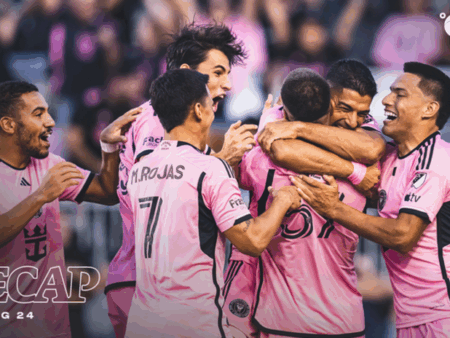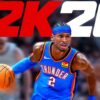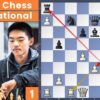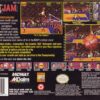As the NBA season ignites, a different kind of clock is ticking for executives, agents, and a select group of young stars from the 2022 draft class. The deadline for rookie contract extensions looms large, a pivotal moment that will shape individual careers, team finances, and the competitive landscape for years to come. This isn`t just about signing papers; it`s a high-stakes poker game, where performance, potential, and the harsh realities of the salary cap clash in a delicate dance of negotiation.
The Stakes: Securing Futures and Managing Fortunes
For NBA teams, securing a rookie extension is often seen as a strategic coup. It locks in promising talent before they hit restricted free agency, a period where other teams can make offers, potentially driving up costs. It provides cost certainty and allows a franchise to solidify its core for the long haul. For players, it’s a career-defining moment: guaranteed generational wealth and the validation of their hard work.
Yet, the path to an extension is rarely straightforward. Each player`s situation is a unique tapestry woven from on-court production, injury history, projected development, and the intricate financial realities of their respective teams. The new collective bargaining agreement (CBA) has only added layers of complexity, making cap flexibility and navigating the luxury tax aprons more critical than ever.
A Look at the Early Birds and the Hesitant Hawks
Some talents from the 2022 class have already secured their futures, a testament to their undeniable impact. Paolo Banchero, Chet Holmgren, and Jabari Smith Jr., the top three picks, along with Jalen Williams and Keegan Murray, have all inked long-term deals. These are the “no-brainers,” players whose value was clear enough to warrant early, significant commitments, allowing teams to build around them with confidence.
However, for a substantial group of other promising young athletes, the negotiations are proving to be a much tougher nut to crack. This is where the true strategic brilliance – or miscalculation – of front offices comes into play.
Dyson Daniels: The Defensive Dynamo
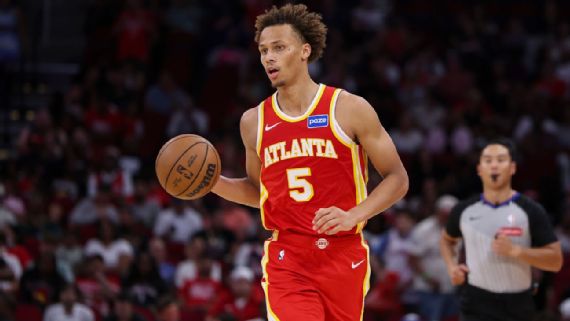
Atlanta`s Dyson Daniels presents an intriguing case. His emergence as the NBA`s Most Improved Player, coupled with a league-leading steals tally, screams “extension.” Yet, as often happens, the agent’s valuation (using Jalen Suggs`s substantial deal as a benchmark) might clash with the team`s long-term financial calculus, especially with Trae Young`s future hanging in the balance. Will the Hawks commit to their defensive anchor, even if it means navigating a tighter salary cap situation down the line? It`s a question of prioritizing impact versus potential fiscal headaches.
Denver`s Duo: Christian Braun & Peyton Watson

For the reigning champions, the Denver Nuggets, the focus shifts to Christian Braun and Peyton Watson. Braun, a key contributor to their title run and now a starter, feels like an essential piece. Watson offers tantalizing athleticism alongside Nikola Jokic. However, the Nuggets are deep into luxury tax territory. Extending both means pushing further into the second apron, a land of severe restrictions. The team already moved Michael Porter Jr. to ease the burden, but further flexibility is limited. Denver must weigh the immediate competitive advantage of retaining these integral players against the long-term financial straitjacket. It`s the classic dilemma of a contender: pay to win now, or save for later?
Detroit`s Dilemma: Jaden Ivey & Jalen Duren
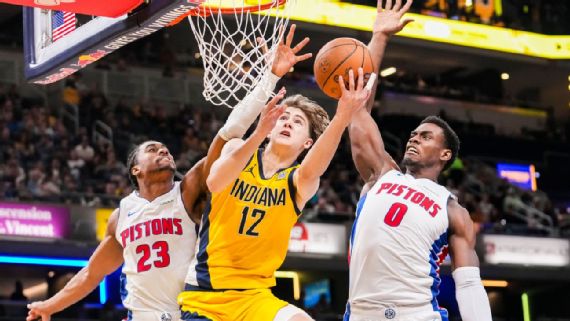
In Detroit, the Pistons face a different kind of quandary with Jaden Ivey and Jalen Duren. Ivey`s promise is undeniable, but a significant leg injury last season casts a shadow of caution. Duren, a double-double machine at just 21, offers immense upside, but centers generally don`t command the same premium as guards unless they`re truly elite two-way players. Adding to the complexity, the current front office didn`t draft either player, sometimes a subtle factor in how aggressively a team pursues extensions. It seems the Pistons might opt for a “wait and see” approach, letting another season unfold before making big financial commitments.
Tari Eason: The Rockets` Analytical Gem

Houston`s Tari Eason is an “analytical darling” – a player whose advanced stats consistently highlight his positive impact. However, a left leg injury has limited his playing time in recent seasons, creating a dilemma. While the Rockets have a history of locking up their young core, Eason`s injury history and his role primarily off the bench might make a more modest offer appealing to the team. For Eason, securing long-term financial stability after recent injury woes would be a wise move, suggesting an eventual compromise is likely.
Bennedict Mathurin: Indiana`s Offensive Spark
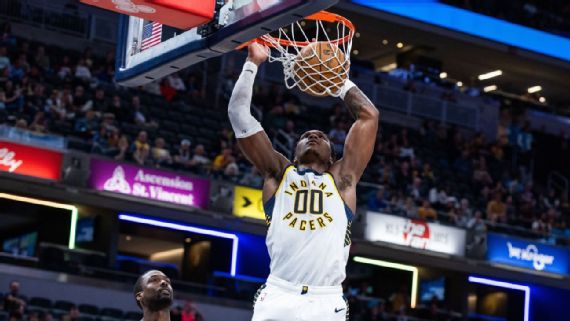
Bennedict Mathurin, a rare single-digit draft pick for the Indiana Pacers, is poised for an increased role due to Tyrese Haliburton`s absence. This could significantly boost his value. Yet, the Pacers, a franchise historically averse to the luxury tax, already have substantial money committed to their backcourt. Committing starter-level money to Mathurin now would push them uncomfortably close to, or over, the tax line. It`s a delicate balancing act for a team that values fiscal prudence as much as on-court performance. The smart money here is on Mathurin playing out the season to further establish his market value.
Mark Williams: The Suns` Risky Investment
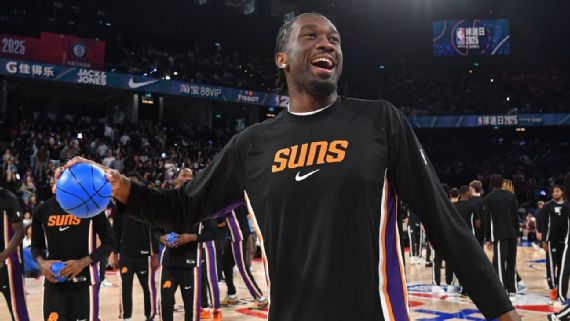
The Phoenix Suns made a significant investment, trading two first-round picks for Mark Williams. This signals strong belief, but Williams`s career has been plagued by injuries, including a failed physical that rescinded a previous trade. His talent as a lob threat is clear, but his ability to stay on the court remains a significant question mark. Offering an extension with injury-specific clauses (Exhibit 3) and non-guaranteed years based on games played could be a clever way to mitigate risk, but the Suns are more likely to let the season play out and re-evaluate a restricted free agency situation next summer.
Shaedon Sharpe: Portland`s High-Flying Bet
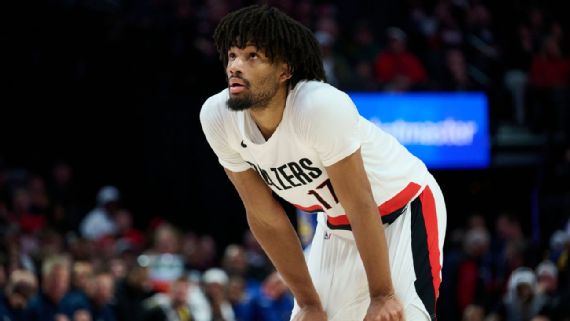
Shaedon Sharpe represents the quintessential “upside bet” for the Portland Trail Blazers. As GM Joe Cronin`s first draft pick, a 6-foot-6 multifaceted wing averaging 18.5 points at just 22 years old, he embodies the future of the franchise. While Portland has added veterans, their long-term vision clearly includes Sharpe. The challenge here is less about performance and more about managing the cap hold complexities next offseason. However, the prevailing sentiment is that the Blazers will find a way to lock him up, betting big on his continued ascent.
Walker Kessler: Utah`s Anchoring Center
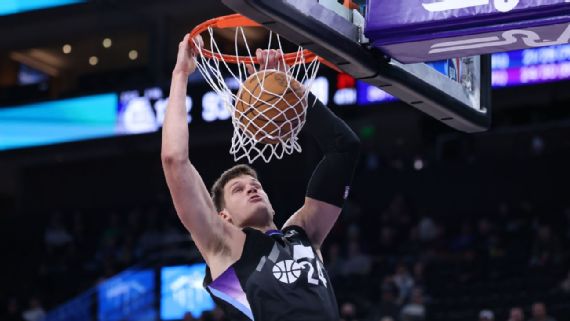
Walker Kessler, a key piece from the Rudy Gobert trade, has proven himself a dominant rim protector for the Utah Jazz. An extension would solidify a crucial part of their rebuild. However, Kessler`s value is complicated by his relatively low cap hold for next season ($14.7 million) due to being a 22nd overall pick. Signing him to a higher starting salary now would significantly reduce Utah`s cap flexibility for other moves. In a rebuilding phase, maximizing cap space is often paramount. Thus, both sides seem content to wait, with Kessler`s low cap hold offering a valuable strategic asset for the Jazz, whether for trade or for maximizing flexibility before eventually extending him.
The Art of the Deal: When Ambition Meets Opportunity
The negotiation window for these extensions often sees a flurry of activity in the final hours, a testament to the brinkmanship involved. Agents push for maximum value, emphasizing potential and market comparisons, while teams scrutinize every stat, every injury report, and every dollar of their future payroll. The outcome is a testament to the delicate balance between a player`s ambition for security and a team`s need for sustainable success.
These decisions, made in the quiet offices of NBA front offices, ultimately resonate on the noisy courts and in the championship aspirations of teams. They are not just transactions; they are declarations of faith, calculated risks, and the building blocks of tomorrow`s NBA dynasties.
